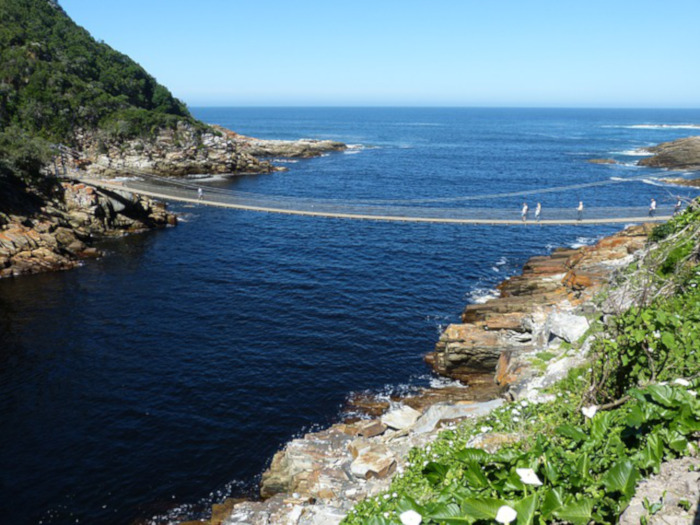Nature lovers will be excited to hear that the Garden Route National Park is offering free access to all South African citizens from 10 – 15 September along with the free entry to all the South African National Parks (SANParks) in September.
The Garden Route is often referred to as the hidden gem, with its indigenous forests to its teeming rivers and picture-perfect beaches.
Visitors are able to view the Big Tree, a national park highlight in the Garden Route National Park along with entrance into the Wilderness, Knysna and Tsitsikamma reserves.
Visitors are advised to bring along their South African ID’s as proof of identification to enter the parks.
The park is 155 000 hectares and is home to 465 plant species and 22 species of amphibians. Bird lovers are urged to grab their binoculars as the park hosts 84 species of water birds and a total of 305 bird species.
The park also protect populations of 28 different red data book species which are part of the International Union for Conservation (IUCN). Animals on the IUCN red data book list are considered threatened species.
The national reserve is filled with a wide range of animal species, 43% of the country’s mammal species reside in the park.
There are a few animals that are considered a must-see according to Garden Route National Park, Regional ecologist, Jessica Haynes.
Here are some of the animals to see:
1.Cape Clawless Otter
2. Blue Duiker
3. African Penguin
Picture: Twitter/Garden Route Meader/Andre Roux






